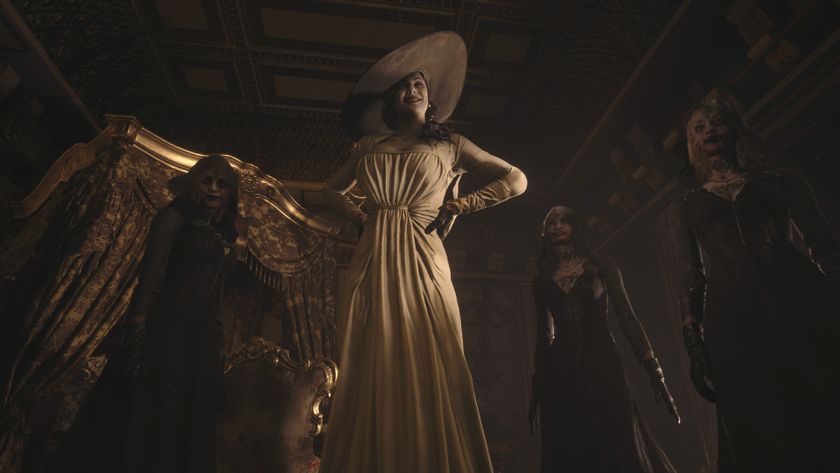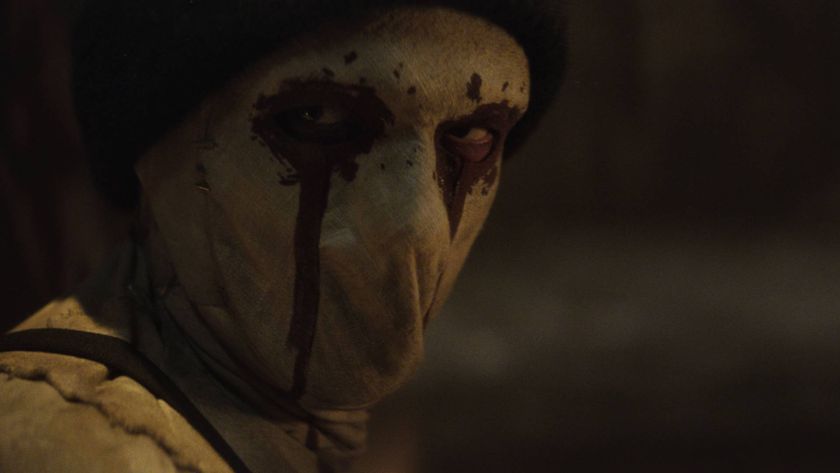Tackling the bottom-rung shock tactic in games: the jump scare
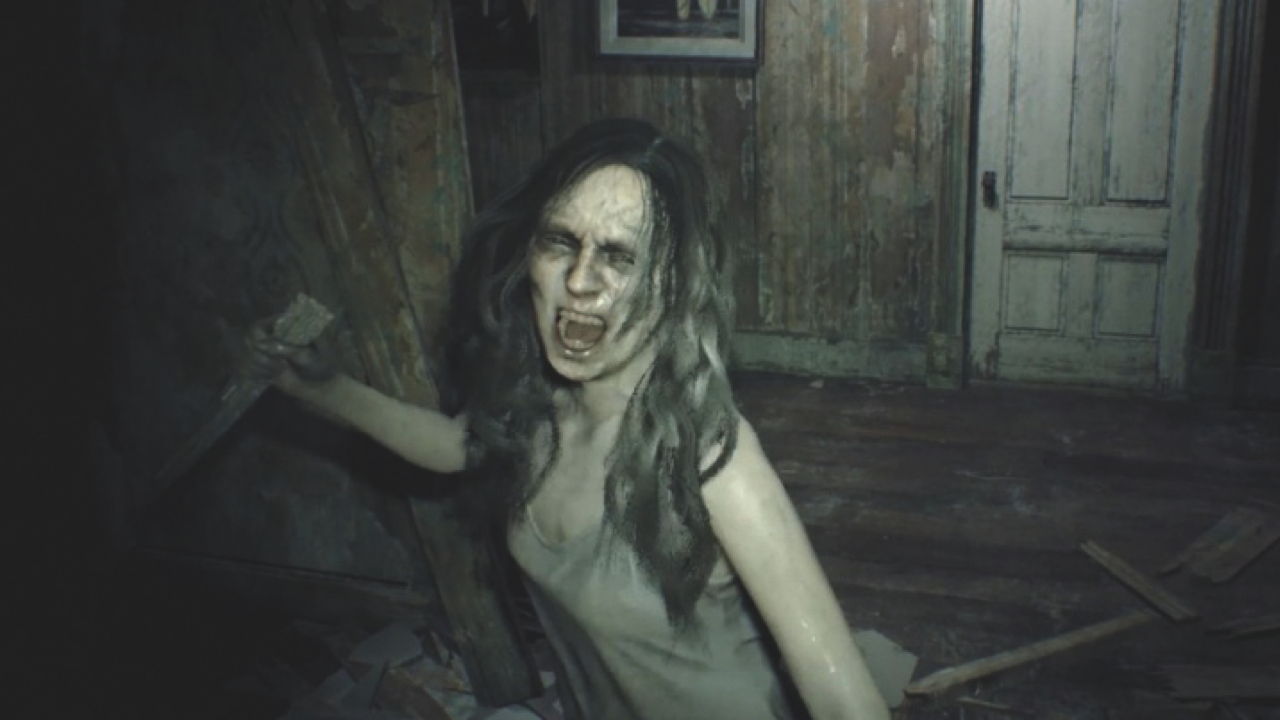
Though my many detractors – namely Sharon, the most critical of my aunts – accuse me of writing this column from a position of ignorance of the game development process, in truth my long career spent fixing gaming’s worst tropes is rooted in a firm understanding of the underlying science upon which all game mechanics are built. And it’s thanks to my degree in biology (technically incomplete for reasons I won’t go into now but involve disputed attendance levels and a ruined horse) from Kildare’s third most prestigious college (at the time) that I can tackle this month’s gaming trope – jump scares – with the kind of authority and academic nous my readers demand.
But what is fear? Put simply, it’s a special type of hormone produced by the brain’s amygdala (a purse-sized sac of horror that lives inside your skull). When startled, the amygdala jettisons this sweet panic-nectar into your body, triggering a ‘flight or fight response’. In a split second, your scare-charged bod must auto-decide whether it would like to fight the ghost that it’s definitely just seen, or book an EasyJet to Marbella instead.
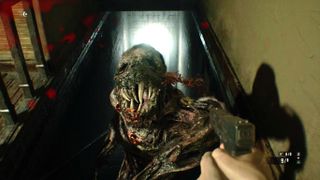
This involuntary reaction to sudden surprises is an inherited, but these days largely useless trait from our ancient Neanderthal ancestors, who frequently got scared of dumb stuff like shadows, thunder and the moon. Besides war, crime, unemployment, illness, large men, poverty, most social situations and spiders, there’s actually very little to be afraid of in our modern world. Tigers have been all but driven to extinction, so there are now only five mortal terrors that can still get the jump on your caveman brain:
1. A woman jumping out of your birthday cake, causing you to scream wildly for far too long in front of concerned colleagues.
2. Trying to switch from dipped headlights to full-beams in a rental car while driving in the dark, accidentally turning the lights off completely and, for a fraction of a second, sincerely believing you have died.
3. The knowledge that skeletons are real things and they are inside of us.
4. The little known and poorly reviewed 1988 film Flowers In The Attic.
5. Video games.
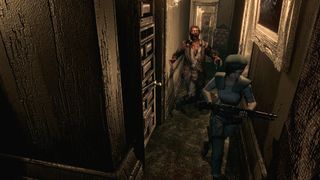
The problem
Ask any doctor and they’ll tell you, video games are spooky business. But frightening as they are, they all too often rely on the cheapest kind of scare going: jump scares. In the big Tesco shop of horrors, jump scares are the twice-discounted ham slices near the till. They are ghouls leaping out of cupboards, or the lank-haired girls appearing unexpectedly at the tops of ladders.
Two of the earliest known jump scares can be found in the original 1996 version of Resident Evil. First when you press Start and the man says the name of the game in an unexpectedly spooky voice. And again when a zombie dog famously jumps through a boarded up window. Since then jump scares have been the go-to solution for any games developer looking to efficiently embrown your cotton briefs with little to zero effort. Dead Space, Condemned, Thief, and even the most recent Resident Evil – under the guise of returning to some nostalgic notion of “roots” – all fall back on this bastardised form of baby-time peek-a-boo.
Sure, used in moderation, the jump scare is not without merit. But games are anything but moderate, and this bottom-rung scare tactic has run its course.
Sign up to the 12DOVE Newsletter
Weekly digests, tales from the communities you love, and more
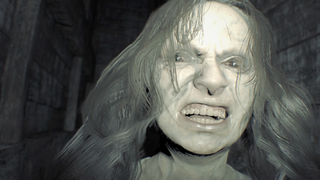
The solution
We’ve all grown up since 1996 and its simple zombie dogs. The things we’re afraid of are no longer so fantastical as skeletons, car crashes and parental neglect in obscure ‘80s films. Instead of jumping out of a darkened basement wielding an axe, why not have video game monsters leap out at us while holding something we’re genuinely afraid of? A notice from HMRC about your most recent tax return, or a sign displaying how many days it’s been since you last called your mother, or a picture of the hair thinning around your crown.
Better yet, why not just cut to the news? Eject us out of our escapist hobby and back into the real world, a place exponentially more terrifying than any haunted house some bloke at Capcom could ever think up? On second thought, maybe jump scares can stay.
This article originally appeared in Xbox: The Official Magazine. For more great Xbox coverage, you can subscribe here.
Steve Hogarty is a London-based freelance journalist covering games and technology. His bylines have appeared in publications including GamesRadar, The Independent, Yahoo, VICE, Eurogamer, and more. He is also the co-host of the pocast, Regular Features.

